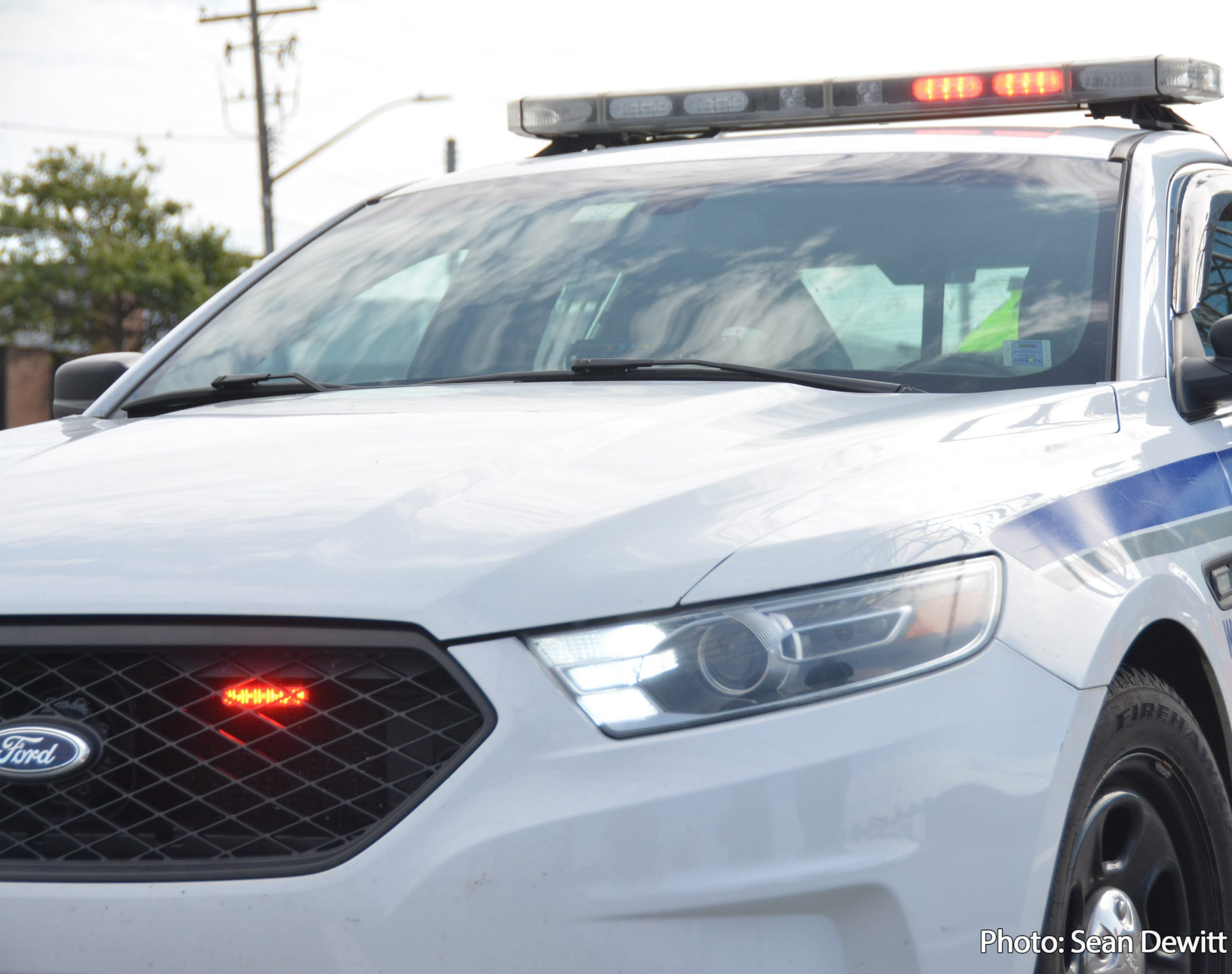**** RCMP Media Release
—- REPOST
Emergency vehicles approaching with lights and Sirens – Pull over and stop!
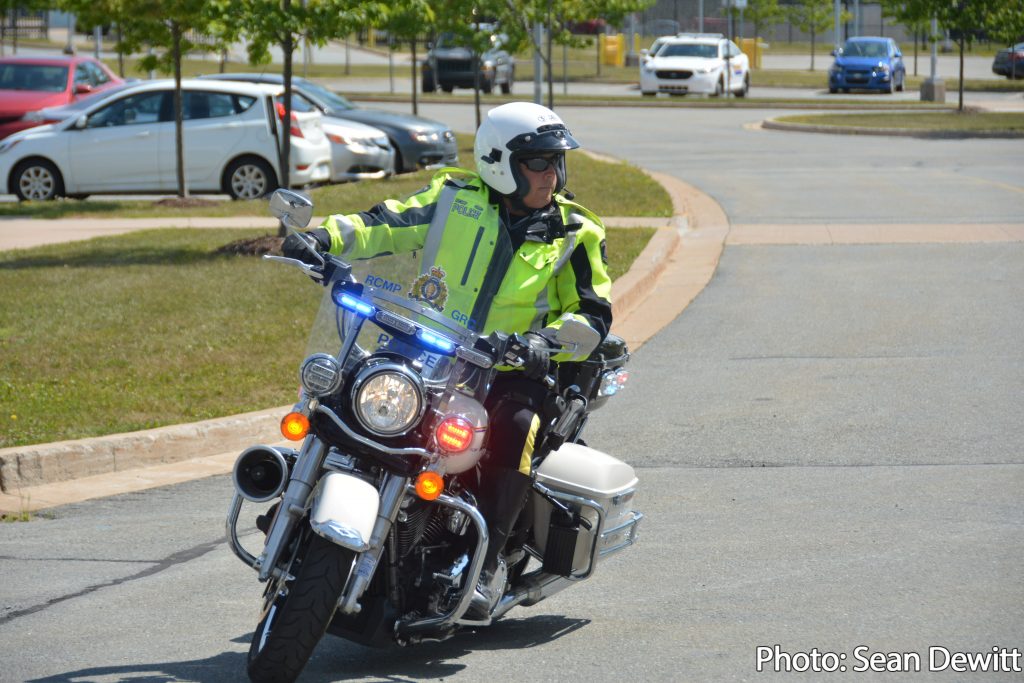
The RCMP would like to remind the public that emergency personnel risk their lives every day to help us in our time of need.
Sometimes they face that risk just getting there. When you’re driving and you see emergency vehicles with their lights and / or sirens on, time is of the essence – move over quickly and carefully.
Emergency vehicles include ambulances, fire department vehicles and police / law enforcement vehicles. (with a possible “green light” initiative in the works. More to come)
As a motorist, the first way to protect emergency workers is to stay alert behind the wheel.
*Scan your mirrors periodically to check for flashing lights and have your stereo volume low enough to hear sirens.
*If an emergency vehicle approaches you in either direction with lights flashing or sirens engaged safely pull over to the right side of the road as quickly and safely as possible. On one-way streets, motorists should pull over to the nearest curb.
*Emergency vehicles have the right-of-way and take precedence over all other traffic. Keep to the side of the street until they have safely passed and watch closely for additional emergency vehicles approaching from behind.
*Don’t enter an intersection until the emergency vehicle is completely through it, even if you have a green light. The only exception to this rule is when a peace officer gives you other directions.
These rules also apply when meeting an emergency vehicle on the highway.
*If an emergency vehicle is stopped on the side of the highway with its lights flashing, you must slow to 60kmh and move over when it is safe to do so.
*Failing to slow down puts emergency workers and other motorists at risk of serious injury or even death.
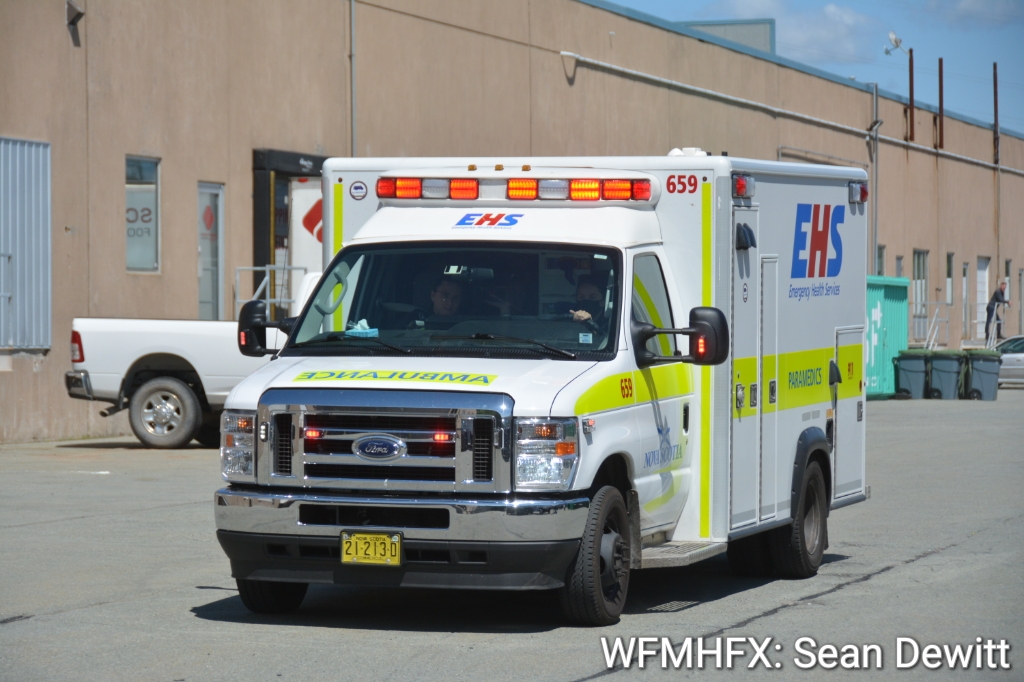
We all need to do our part when it comes to safety. Watch for emergency vehicles, yield the right of way and slow down when passing personnel on the highway.
** Section 123(2) Nova Scotia motor vehicle act. Fine is; $180 and 2 points for first offence.
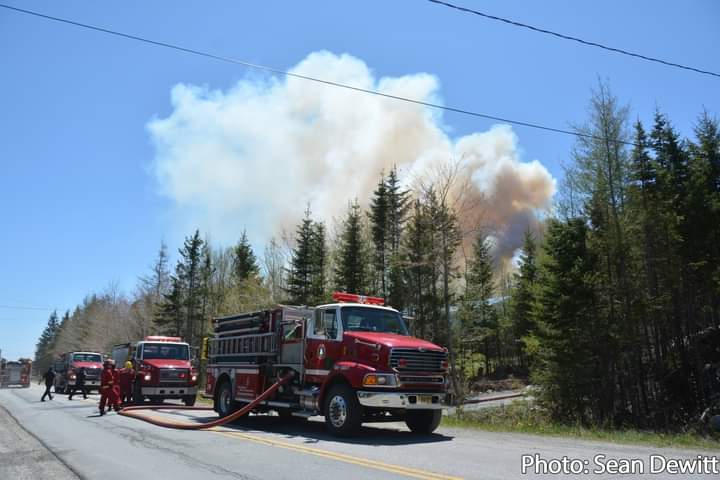
It’s that simple, and it can mean the difference between helping in one emergency and causing another.
.
**** CNS Media Release
Slow Down, Move Over
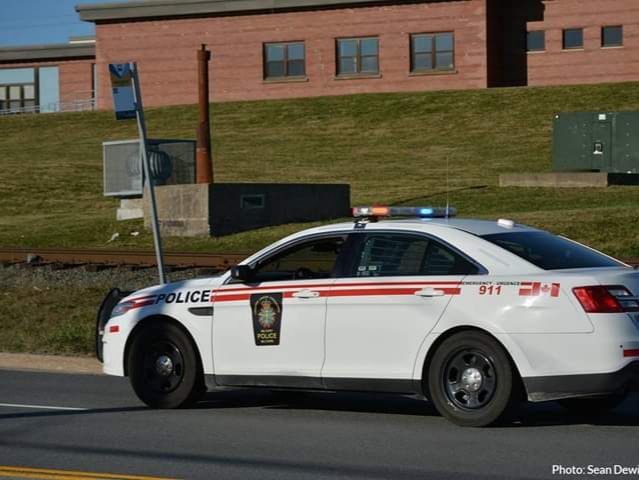
What you need to do
If you see an emergency vehicle pulled over with its lights flashing, slow down to 60 km/h or obey the speed limit if it’s lower than 60 km/h.
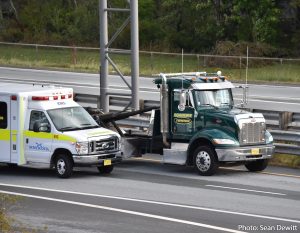
If you’re on a road with 2 or more lanes in your direction, you must also move into another lane farther away from the stopped vehicle if you can do so safely.
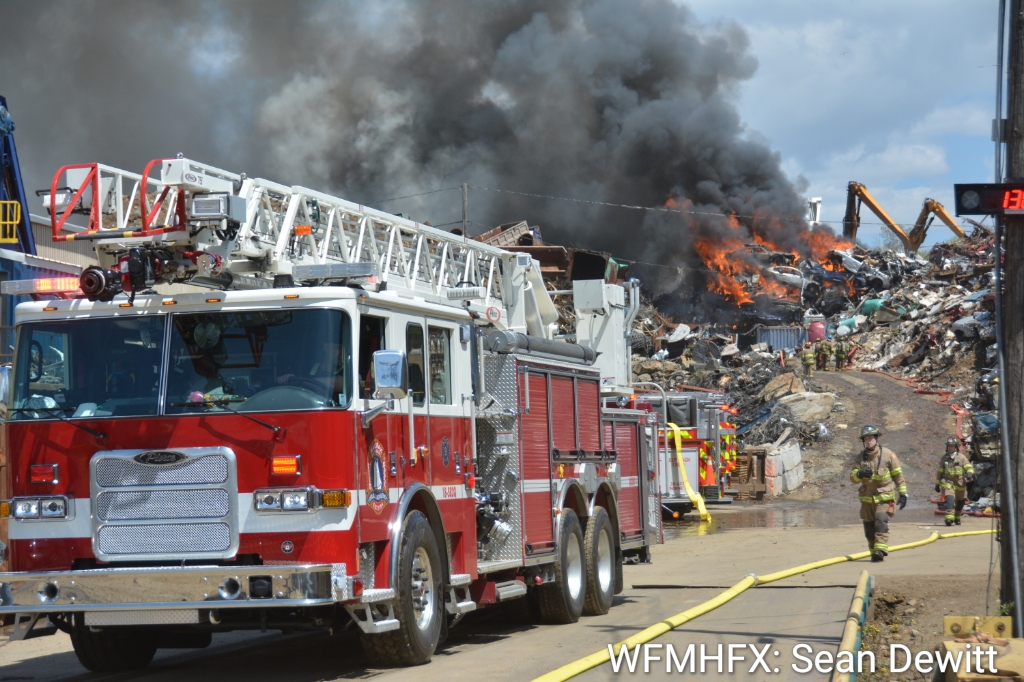
You don’t need to slow down or move over if the vehicle is on the other side of the median on a divided highway.
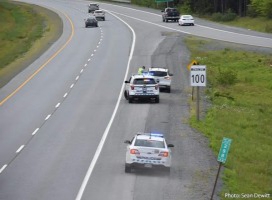
Types of vehicles
This law has been updated to include public safety officers and tow truck drivers as well as emergency personnel, conservation officers and motor vehicle inspectors.
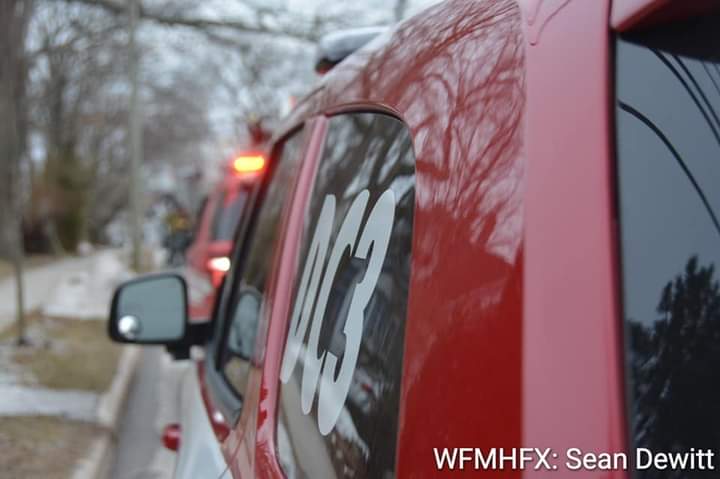
You need to slow down and move over for:
- ambulances
- police vehicles
- fire department vehicles
- department of Lands and Forestry fire vehicles
- fire chiefs’ or deputy fire chiefs’ vehicles
- conservation officers’ vehicles
- motor vehicle and carrier inspectors’ vehicles
- public safety vehicles, like sheriffs and bridge patrol officers
- tow trucks that are stopped at the scene of a fire or collision or assisting a vehicle
Penalties
Fines are double for speeding past, or not moving over when passing a stopped emergency vehicle with its lights flashing.
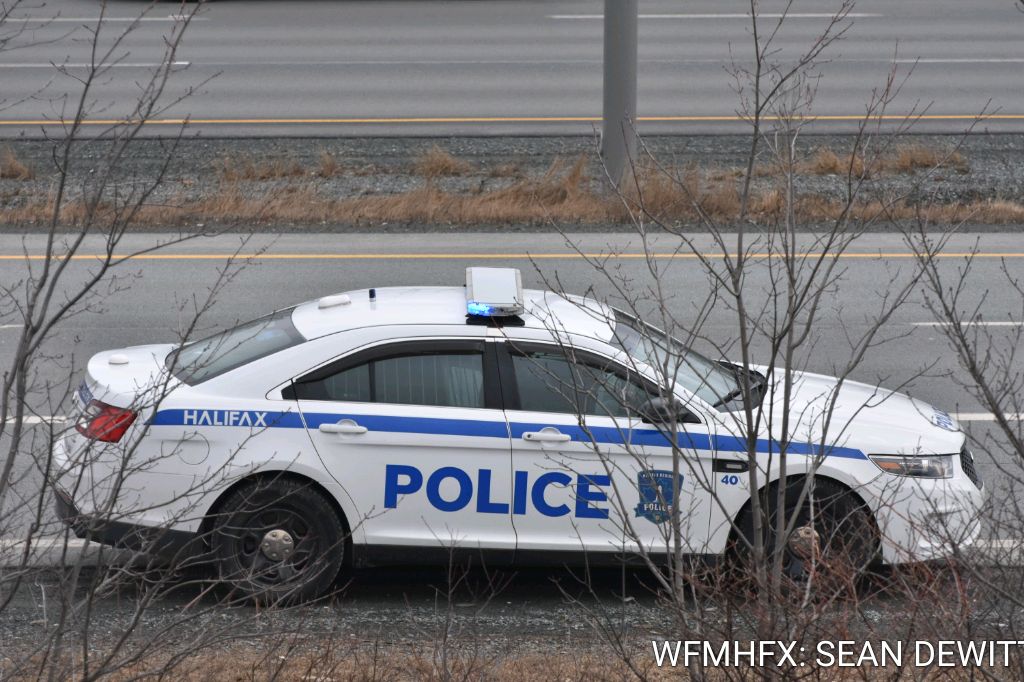
Fines for not slowing down or not moving over start at over $350.00 for a first offence however a judge can impose a higher fine if it goes to court.
When an emergency vehicle is moving

Emergency vehicles like ambulances, fire department vehicles and police vehicles using flashing lights and sirens have the right of way.
When one of these emergency vehicles approaches you from ahead or behind with its siren on, move to the right edge or curb of the road and stop completely. You must remain stopped until the emergency vehicle has passed or until a police officer directs you to move.
